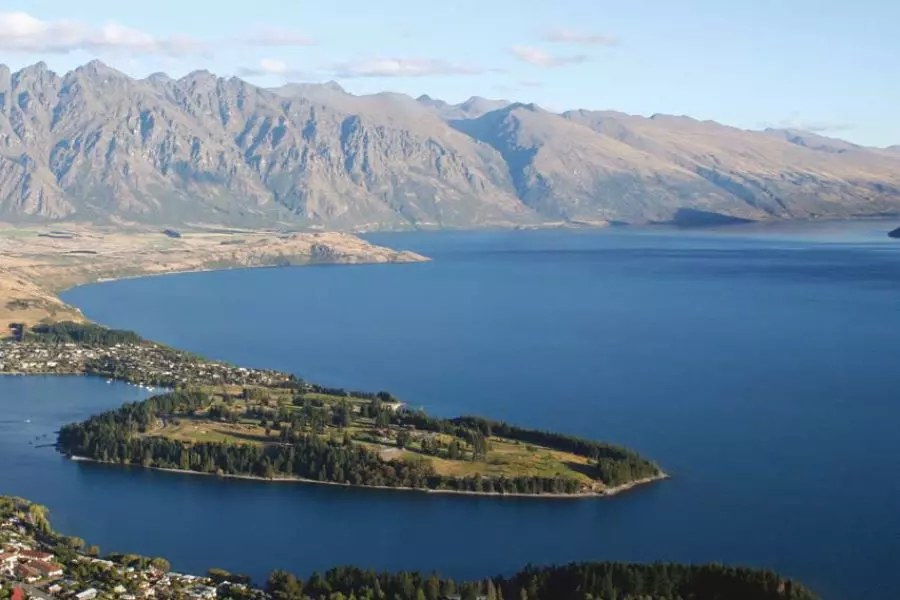News
Hot in Queenstown

Monday 5th of February 2018
With its sense of romance and intrigue, its exceptional popularity with overseas visitors, and local migrants alike, Queenstown Lakes District has a uniquely complex property market and it’s been subject to runaway growth over the past 30 years.
The gold rush days, which began in 1862, were good for Queenstown itself, but afterwards development was fairly stagnant and fifty years...
Want to read the full article?
Click the button below to subscribe and will have unlimited access to full article and all other articles on the site.
8 min read
10 min read






![[The Wrap] Bye Bye Bayly](https://goodreturns.publit.io/file/c_fill,w_900,h_600/39f23ac1-f7c7-4854-b700-a150004ebbac.webp)


